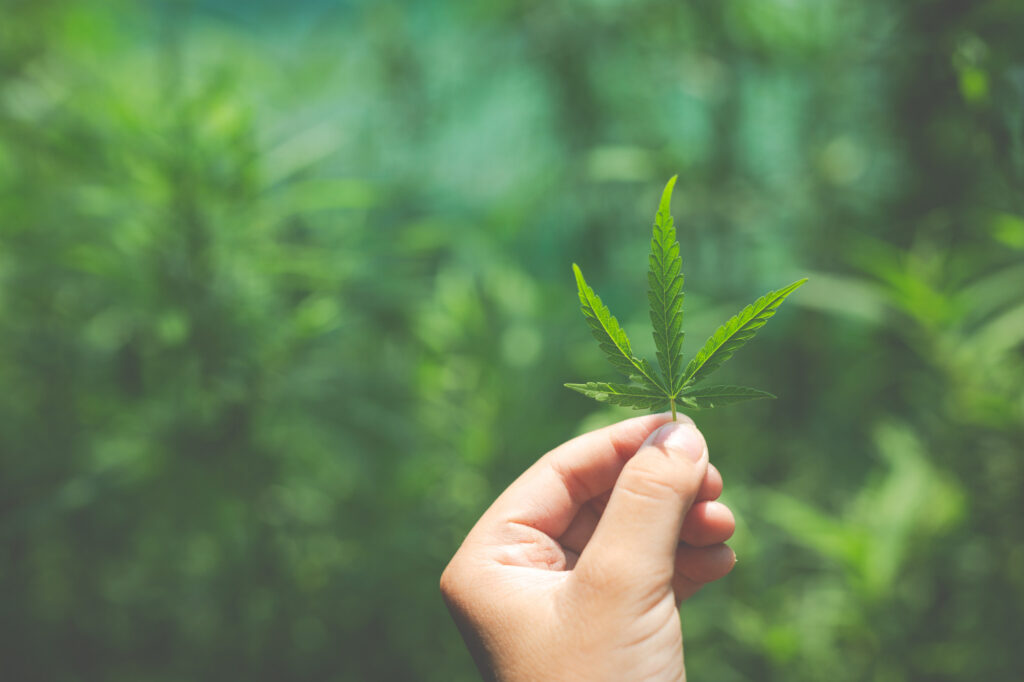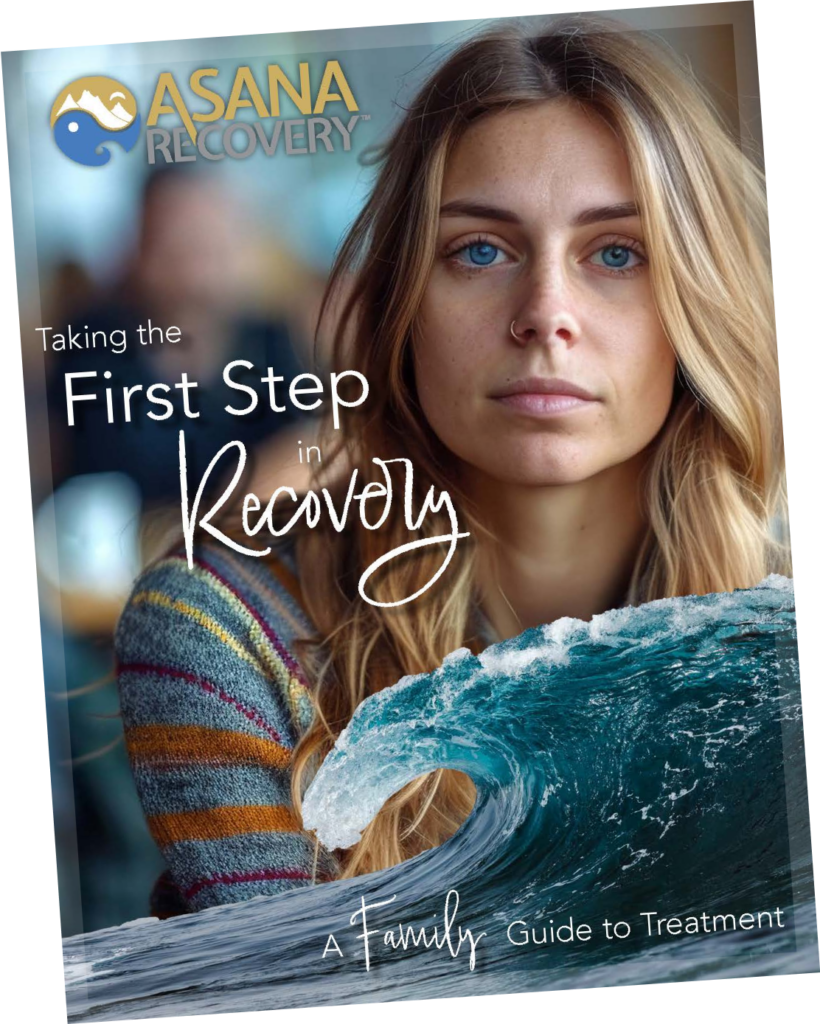Let’s just say that Halloween isn’t the only big holiday right now. At least for some people. During October, hundreds of home growers and private farmers across the United States are celebrating the season of #Croptober. This is a very special time for weed aficionados across the country. Starting on October 1, millions of fragrant marijuana buds ripened, and producers spent the first day of the month cutting, drying, and preserving their precious crop.
By Christmas, these farmers will have gathered an unbelievably massive stock of these mind-altering plants. This may make you wonder how the power of the oils doesn’t affect passersby. Still, have you ever wondered where these plants grow the best in our country? Here is a look at each place in the United States that are considered best to grow weed.
Asana Recovery works with most PPO plans, covering up to 100%. See if your insurance can help fund your journey. Click below to get a free quote.

Dubbed the Emerald Triangle due to its rich, beautiful, and rugged terrain, Northwestern California tops the list as the best place to grow weed. Likewise, this region boasts a temperate Mediterranean climate and steep mountains (similar to the Burgundy region of France, where fine wines are grown). State officials estimate that the Triangle annually produces 1.7 million pounds of cannabis. Overall, this area is a leader in outdoor farming.
Second in the production of indoor cannabis, Washington has split down the middle in terms of growing capabilities. Areas near Seattle are shady and damp due to heavy rain. This means producers have to foster sativa plants and hybrids that generally flower early. East of the Cascades, sunlight is much more prominent. Nevertheless, Washington still benefits from dark, nutrient-rich soil and a supply of fresh water. In October 2017, the state cultivated 90,000 pounds of the crop.
The 4th largest producer of indoor marijuana in the country, Oregon has less restricted laws for cannabis farming and has shown enthusiasm for entering this industry. While farmers suffered from a sharp descent in prices, Oregon produces $50 legal ounces (80% cheaper than the legal ounces produced in California in 2017).
https://www.youtube.com/watch?v=sl0HcLgM6l8
Overall, the East Coast of the U.S. does not provide ideal outdoor growing conditions for marijuana, but Maine provides ideal environments for indica and hybrids (which can be harvested earlier than sativa). The state contains nutrient-rich soil and a supply of fresh water that can support growth, as well. Likewise, adults living in Maine can grow marijuana at home (to avoid these problems).
In Kentucky and Tennessee, growing marijuana is still 100% illegal. While conservatives are attempting to legalize the drug at this time, the states have still managed to produce 4.6 million pounds of weed (cultivated outdoors) and export the crop to the East. Overall, Florida provides an ideal growing environment for cannabis. While local crops suffer from intense heat and moisture, the nutrient-rich soil and beautiful sunshine support the growth of marijuana. At this time, Florida is the 3rd most important producer of cannabis that is grown indoors.
We get it. Addiction recovery is tough. That’s why our programs are founded and staffed by people in recovery – people who truly understand.
In California, adults aged 21 and over are allowed to grow up to 6 cannabis plants for personal use. However, there may be a cap on the total number of plants per household, regardless of how many adults reside there.
In Alaska, adults aged 21 and over can grow up to 6 cannabis plants for recreational purposes. However, the household limit is capped at 12 plants, even if multiple adults live in the residence.
Restrictions vary by state but typically include age limits (21+), a maximum plant count, and requirements for private, enclosed growing spaces. Medical cultivation may require permits or special authorization.
In states that allow cannabis cultivation, the legal age to grow cannabis is 21 years or older. This aligns with the legal age for purchasing and consuming cannabis.
States that permit home cultivation for recreational use include Alaska, California, Colorado, Maine, Massachusetts, Michigan, Nevada, Oregon, Vermont, Virginia, and Washington.
States allowing cannabis home cultivation solely for medical purposes include Arizona, Hawaii, Illinois, Maryland, Missouri, Montana, New Hampshire, New Mexico, Oklahoma, Rhode Island, South Dakota, and Utah.
States like Arkansas, Connecticut, Delaware, Florida, Iowa, Louisiana, New Jersey, North Dakota, Ohio, Pennsylvania, Utah, and West Virginia allow medical cannabis but do not permit home growing.
Home cultivation laws are state-specific, with general requirements including age limits (21+), restrictions on plant count, and secure growing areas. Federal law still prohibits cannabis cultivation.
Medical cannabis growing often allows for higher plant limits, but patients need a Medical Marijuana (MMJ) card. Recreational growing has stricter limitations, typically allowing fewer plants per household.
Yes, exceeding state-imposed cultivation limits can result in fines, confiscation of plants, or criminal charges, depending on the severity of the violation and local laws.
To grow industrial hemp, individuals need a permit, comply with THC level restrictions (0.3% or lower), and adhere to state and federal guidelines. Hemp cultivation became federally legal under the 2018 Farm Bill.
In Canada, individuals can grow up to 4 cannabis plants per household for personal use. Seeds must be purchased from provincially regulated retailers, and specific provincial rules may apply.
While cannabis cultivation is legal in certain states, federal law still classifies marijuana as illegal. This creates a legal conflict, particularly in matters of interstate commerce and federal enforcement.
Growing marijuana for medical purposes typically requires an MMJ card or a permit from state authorities. Patients or caregivers must follow specific rules regarding plant count and growing conditions.
Many states require cannabis plants to be grown in private, enclosed spaces that are not visible to the public. Some states mandate secure, locked areas to prevent unauthorized access.
Household plant limits vary, but many states, such as Alaska and California, cap the total at 12 plants, even if multiple adults reside in the home.
The future of cannabis cultivation laws points toward continued legalization and broader acceptance. States with medical cannabis programs may expand into recreational use, reflecting growing national support.
Growing cannabis in states where it is illegal can result in severe legal penalties, including fines, confiscation of plants, and potential criminal charges.
States that prohibit marijuana entirely, including for medical use, include Alabama, Georgia, Idaho, Indiana, Kansas, Kentucky, Mississippi, Nebraska, North Carolina, South Carolina, Tennessee, Texas, and Wyoming.
Most states with legalized recreational cannabis allow individuals to possess up to one ounce of cannabis for personal use. Possession limits may vary, so it’s essential to check local regulations.
Aside from understanding the best place to grow weed, marijuana can also become addictive. Always remember that marijuana does not have control over your life. You do. Are you suffering from a substance abuse disorder or addiction? Do you have a friend or family member suffering from one or more of these debilitating illnesses? If you do, reach out to Asana Recovery today. Our counselors and healthcare experts are ready to walk you through every step of the detox and withdrawal process and rehabilitation and guide you toward living a happier, healthier, and freer lifestyle. While the road to recovery might not be an easy road to travel, we promise to help you every step of the way. Take the first step to staying fit, healthy, and safe. The time for you to take back control of your life is now. If you are interested in one of our supervised detoxification/withdrawal or residential treatment programs, we’re ready and waiting to speak with you. Call Asana Recovery now at (949) 763-3440 to learn how to overcome your drug addiction and substance abuse troubles today.
Take your first step towards lasting recovery. At Asana, we offer effective, insurance-covered treatment for addiction and mental health, guided by experts who understand because they’ve been there. Start your healing today.

This book has helped so many men and women; and we want to give it you for FREE. Get signed up today and discover how to unlock the grip of addiction and get back to living your best life.
In this book, you’ll discover…
— The Most Common Misconceptions About Addiction and Rehab
— Why Rock Bottom is a Myth and What You Can Do About It
–The Steps to Healing From Trauma, Both Mentally and Emotionally
–And much more!
© Copyright 2024 Asana Recovery™ | All Rights Reserved | Privacy Policy
You could save up to 100% of your treatment using your Insurance.





By submitting this form, you agree to Asana Recovery’s Privacy Policy. You also consent to Asana Recovery contacting you by phone, text message, and email regarding your insurance benefits and treatment services. You acknowledge that text messaging may involve risks, authorize the use of your Protected Health Information (PHI) for these communications, and understand you can opt-out of text messages at any time by replying “STOP”.
Asana Recovery
We firmly believe that the internet should be available and accessible to anyone, and are committed to providing a website that is accessible to the widest possible audience, regardless of circumstance and ability.
To fulfill this, we aim to adhere as strictly as possible to the World Wide Web Consortium’s (W3C) Web Content Accessibility Guidelines 2.1 (WCAG 2.1) at the AA level. These guidelines explain how to make web content accessible to people with a wide array of disabilities. Complying with those guidelines helps us ensure that the website is accessible to all people: blind people, people with motor impairments, visual impairment, cognitive disabilities, and more.
This website utilizes various technologies that are meant to make it as accessible as possible at all times. We utilize an accessibility interface that allows persons with specific disabilities to adjust the website’s UI (user interface) and design it to their personal needs.
Additionally, the website utilizes an AI-based application that runs in the background and optimizes its accessibility level constantly. This application remediates the website’s HTML, adapts Its functionality and behavior for screen-readers used by the blind users, and for keyboard functions used by individuals with motor impairments.
If you’ve found a malfunction or have ideas for improvement, we’ll be happy to hear from you. You can reach out to the website’s operators by using the following email
Our website implements the ARIA attributes (Accessible Rich Internet Applications) technique, alongside various different behavioral changes, to ensure blind users visiting with screen-readers are able to read, comprehend, and enjoy the website’s functions. As soon as a user with a screen-reader enters your site, they immediately receive a prompt to enter the Screen-Reader Profile so they can browse and operate your site effectively. Here’s how our website covers some of the most important screen-reader requirements, alongside console screenshots of code examples:
Screen-reader optimization: we run a background process that learns the website’s components from top to bottom, to ensure ongoing compliance even when updating the website. In this process, we provide screen-readers with meaningful data using the ARIA set of attributes. For example, we provide accurate form labels; descriptions for actionable icons (social media icons, search icons, cart icons, etc.); validation guidance for form inputs; element roles such as buttons, menus, modal dialogues (popups), and others. Additionally, the background process scans all the website’s images and provides an accurate and meaningful image-object-recognition-based description as an ALT (alternate text) tag for images that are not described. It will also extract texts that are embedded within the image, using an OCR (optical character recognition) technology. To turn on screen-reader adjustments at any time, users need only to press the Alt+1 keyboard combination. Screen-reader users also get automatic announcements to turn the Screen-reader mode on as soon as they enter the website.
These adjustments are compatible with all popular screen readers, including JAWS and NVDA.
Keyboard navigation optimization: The background process also adjusts the website’s HTML, and adds various behaviors using JavaScript code to make the website operable by the keyboard. This includes the ability to navigate the website using the Tab and Shift+Tab keys, operate dropdowns with the arrow keys, close them with Esc, trigger buttons and links using the Enter key, navigate between radio and checkbox elements using the arrow keys, and fill them in with the Spacebar or Enter key.Additionally, keyboard users will find quick-navigation and content-skip menus, available at any time by clicking Alt+1, or as the first elements of the site while navigating with the keyboard. The background process also handles triggered popups by moving the keyboard focus towards them as soon as they appear, and not allow the focus drift outside it.
Users can also use shortcuts such as “M” (menus), “H” (headings), “F” (forms), “B” (buttons), and “G” (graphics) to jump to specific elements.
We aim to support the widest array of browsers and assistive technologies as possible, so our users can choose the best fitting tools for them, with as few limitations as possible. Therefore, we have worked very hard to be able to support all major systems that comprise over 95% of the user market share including Google Chrome, Mozilla Firefox, Apple Safari, Opera and Microsoft Edge, JAWS and NVDA (screen readers).
Despite our very best efforts to allow anybody to adjust the website to their needs. There may still be pages or sections that are not fully accessible, are in the process of becoming accessible, or are lacking an adequate technological solution to make them accessible. Still, we are continually improving our accessibility, adding, updating and improving its options and features, and developing and adopting new technologies. All this is meant to reach the optimal level of accessibility, following technological advancements. For any assistance, please reach out to